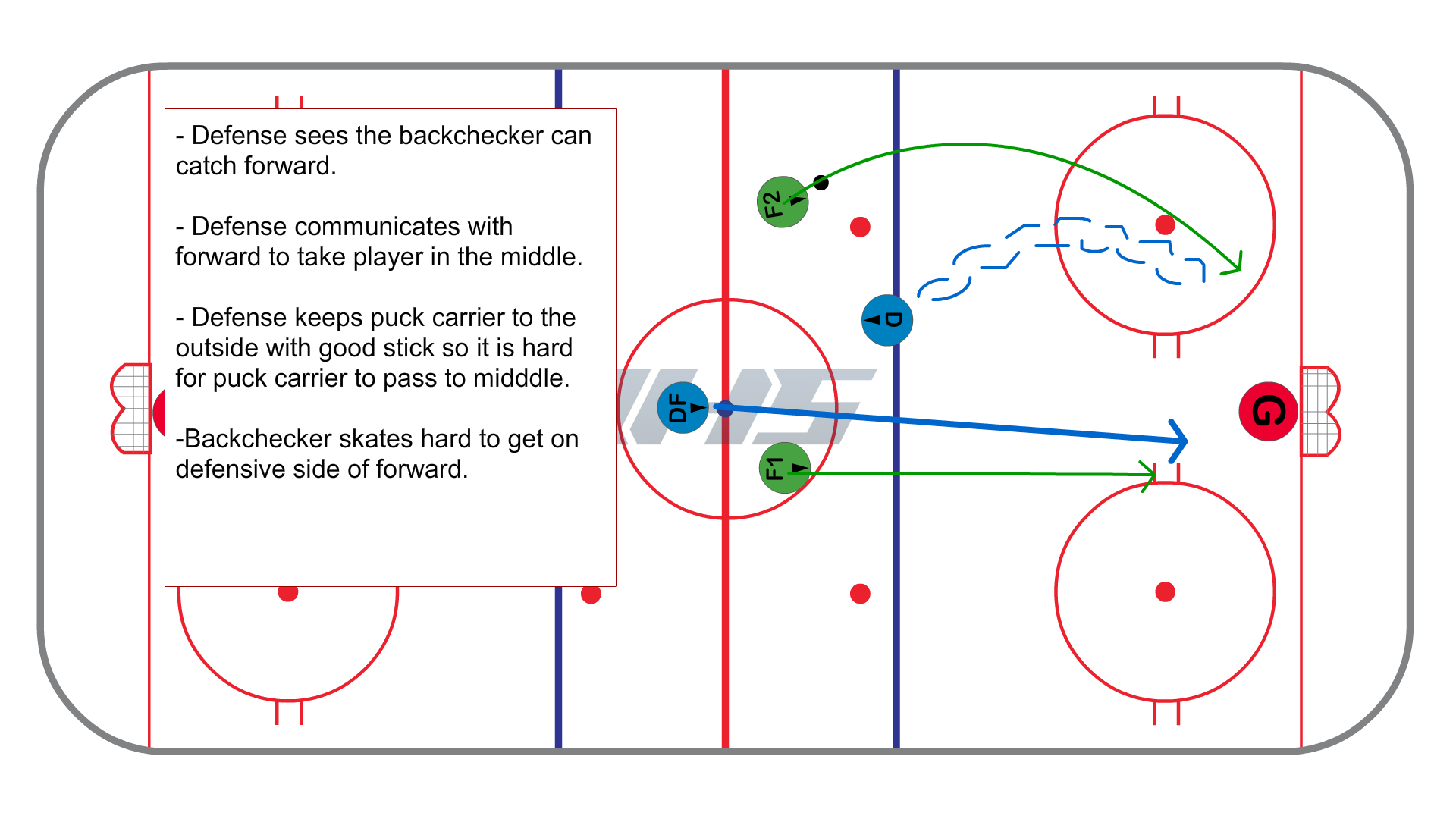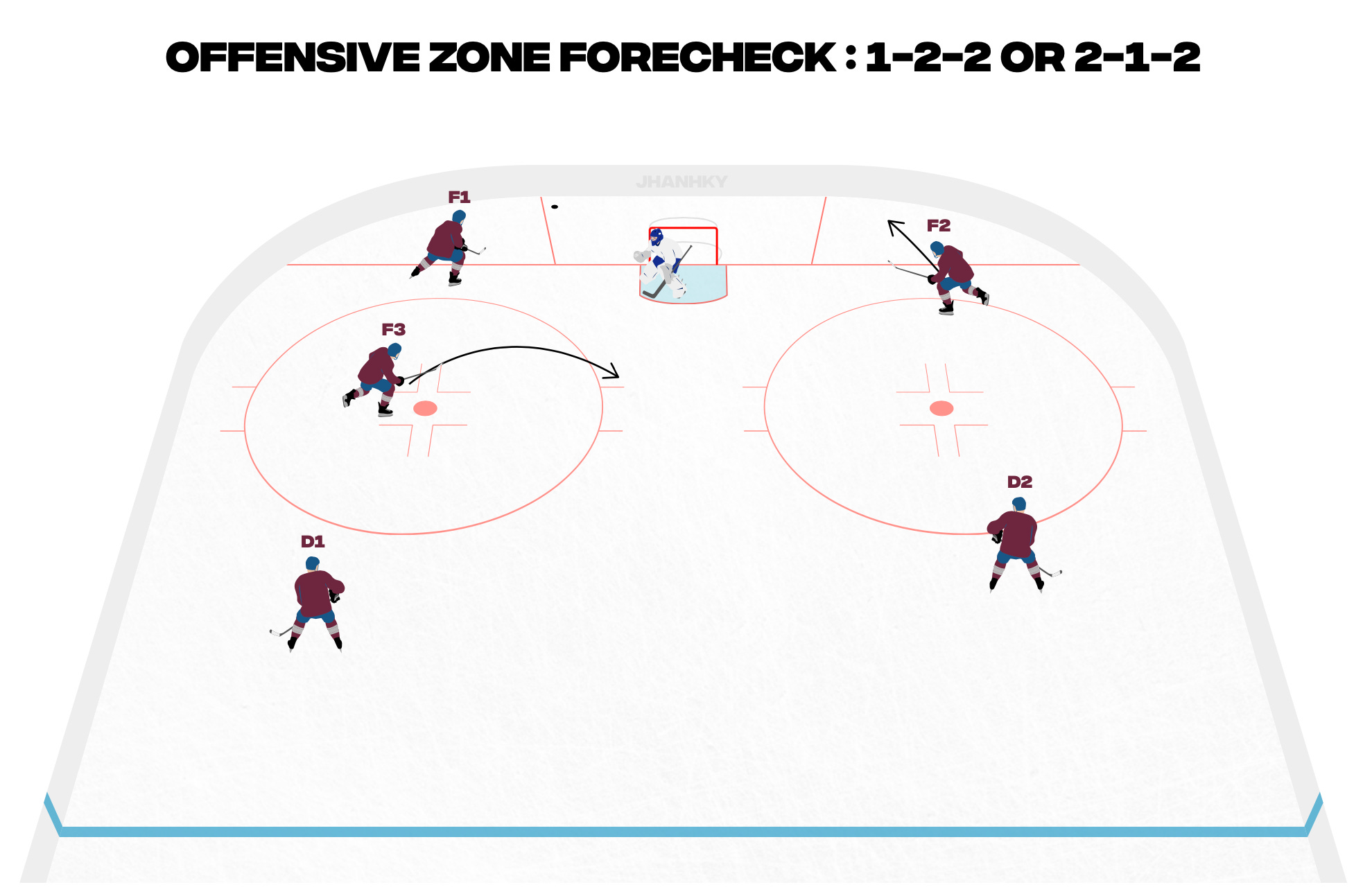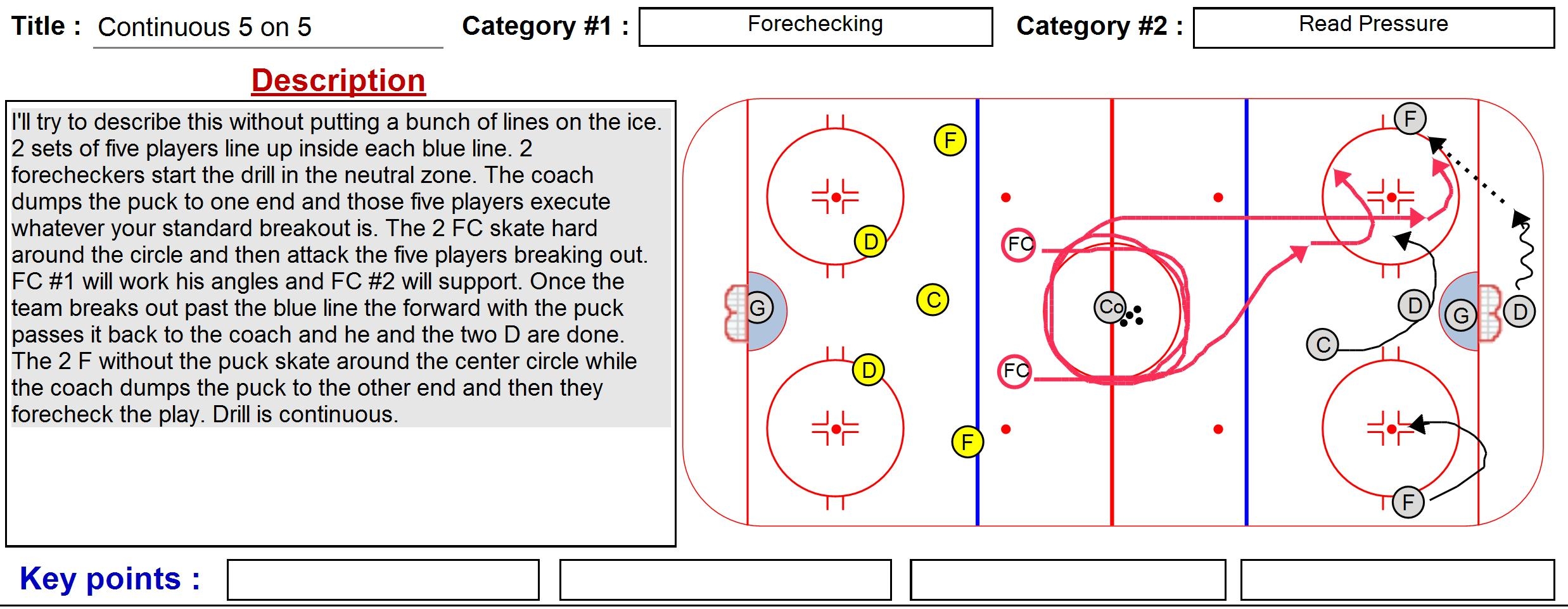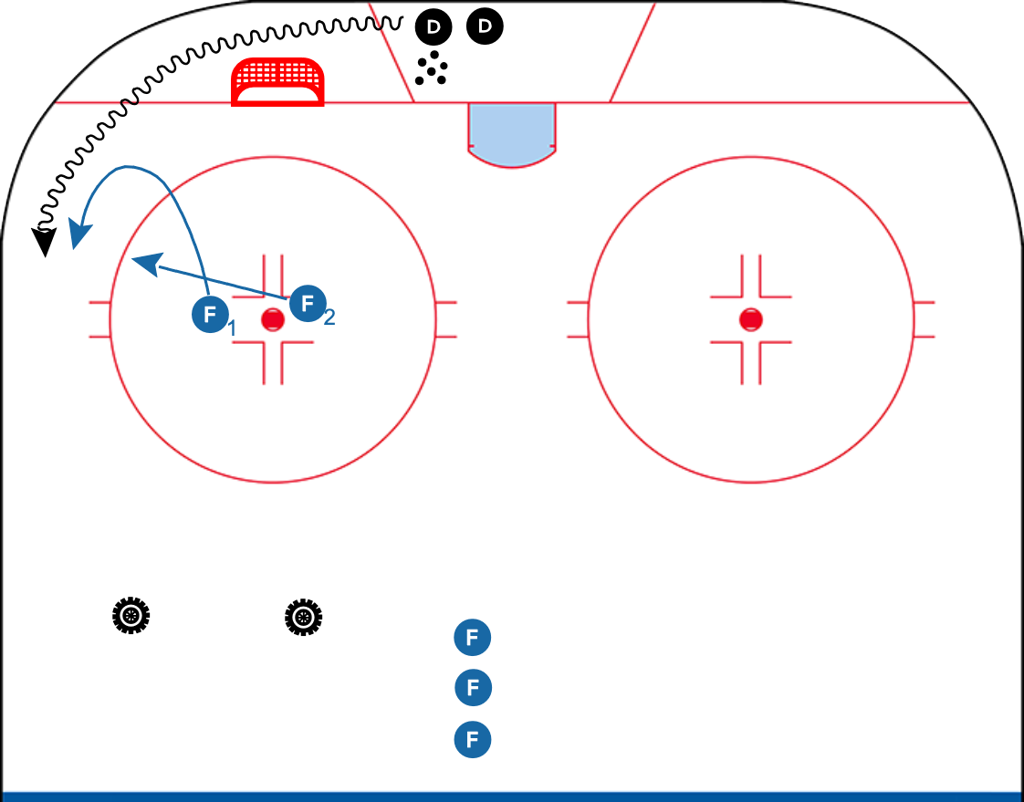As a hockey fan, you’ve probably heard the term “forecheck” thrown around during games. But what exactly does it mean? Simply put, the forecheck is a strategy used by a team to apply pressure on their opponent in the offensive zone.
When a team forechecks, they send their forwards deep into the opposing team’s zone to disrupt their breakout and regain possession of the puck. This aggressive play can force turnovers and create scoring opportunities for the forechecking team.

what is a forecheck in hockey
What is a forecheck in hockey?
There are different types of forechecks, such as the aggressive 2-1-2 forecheck, where two forwards pressure the puck carrier, one forward covers the high slot, and two defensemen stay back. Another common forecheck is the neutral zone trap, where a team clogs up the middle of the ice to slow down their opponent’s breakout.
Effective forechecking requires teamwork, communication, and anticipation. Players need to read the play, anticipate where the puck will go next, and work together to apply pressure on the opposing team. It’s a high-energy strategy that can shift the momentum of a game in favor of the forechecking team.
So next time you’re watching a hockey game, keep an eye out for teams employing the forecheck. You’ll see how this strategic play can make a big difference in controlling the pace of the game and creating scoring opportunities. Forechecking may just become your new favorite part of the game!

What Is A Forecheck In Hockey Forechecking Explained XN Sports

COL s Forecheck Variations By Jack Han

Forechecking Drills Coach Nielsen s Ice Hockey Drills

What Is Forechecking In Hockey Gaimday

Drill Of The Week Forecheck 2 Vs 1